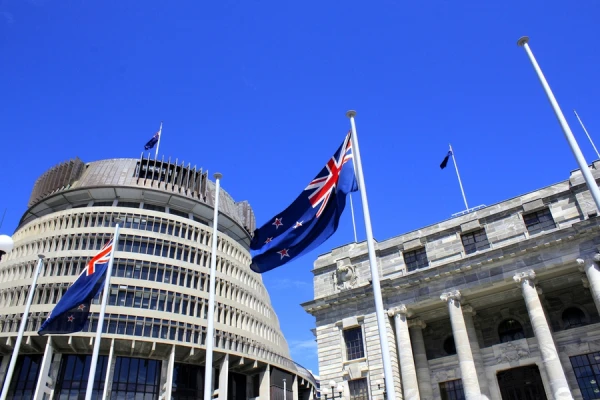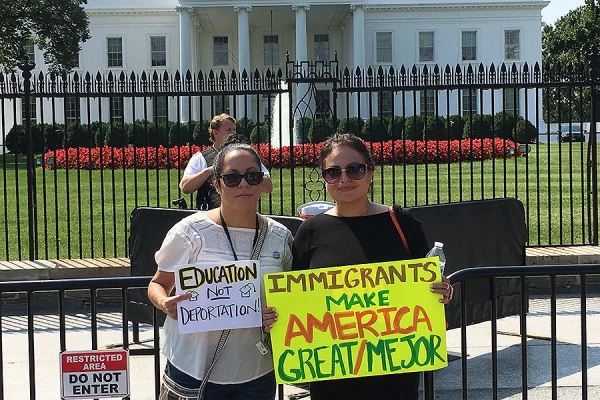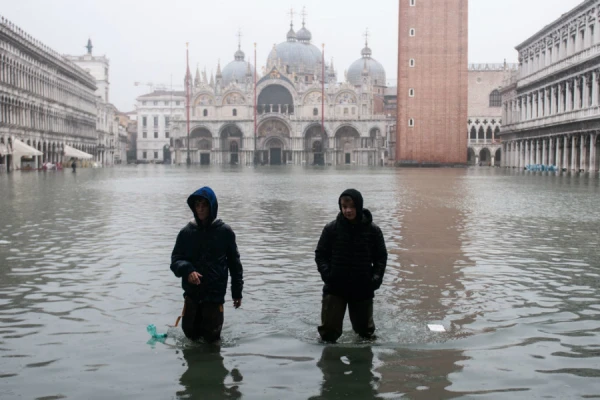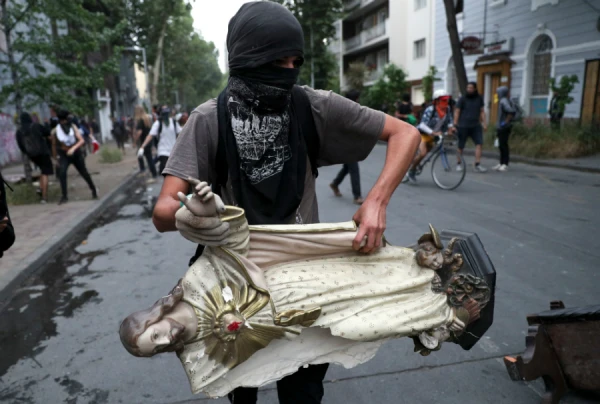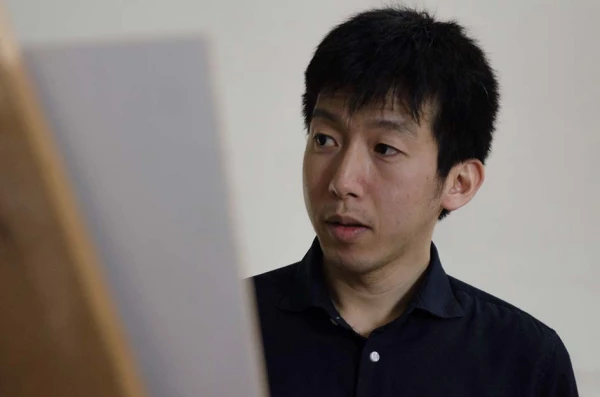
Rome, Italy, Nov 13, 2019 / 03:01 am (CNA).- Osamu Giovanni Micico had never read the Bible, knew nothing of the stories of Christ in the gospels, and had never heard of the apostles, when his experience studying sacred art in Italy brought him to the Catholic faith.
“When I came to Italy, painting was the only street for me as far as my profession goes. Thank God, that is also where God gave me my spiritual rebirth,” Micico told CNA.
Catholicism “transformed my life. The way I relate to others, the way I view the world. And the direction I’m taking in my life. The meaning of suffering. It all changed. My conversion gave life to death.”
From his childhood and adolescence in Tokyo, Micico was interested in drawing and painting, but he originally pursued a science-based career to please his parents.
During university, however, he encountered an artist who inspired him to pursue his passion for painting.
The 37-year-old artist moved to Florence in 2008 to study the paintings of the Old Masters, such as Michelangelo and Leonardo da Vinci.
He told CNA that at the time he mostly painted landscapes or portraits, except when he copied the great masterpieces to learn from them. But he did not know what he was looking at.
“I was with my Catholic friend, asking my friend, who are those fishermen?” the artist said. In a way, he noted, he encountered the gospel the same way it was encountered by people in the Middle Ages who could not read, through the symbols of art.
“I was ‘reading’ those paintings before I knew the gospel. I didn’t know what stories they represented,” he explained.
“I think like music, those paintings spoke to me with harmony and it animated my soul. It was not just technique – that they made a realistic painting – but there was something else that was very holy there.”
Another personal encounter was influential in Micico’s conversion: his friendship with Irish religious artist and Catholic Dany MacManus, who was then living in Florence.
While Micico still knew nothing about the Bible, MacManus invited him to a lecture he was giving on St. John Paul II’s Theology of the Body. “That left an impression,” Micico said.
MacManus became Micico’s godfather at his baptism in 2010.
“Art was the entrance. I think that even without words, like with the music of Bach, one can intuit the beauty of a creator,” he said. “Ultimately, God the merciful was represented in the painting … That’s what spoke to me.”
Micico now creates sacred art himself.
“I wanted to spread this Good News using the same medium,” he said. “I’m sure there are a lot of people who will be touched by contemporary sacred art. And if I can give my hand to this beautiful mission, by my profession, that’s fantastic. It was very natural.”
In November 2018, one of Micico’s paintings was gifted to the Archdiocese of Nagasaki. Micico’s “Holy Mother of Sorrow and Hope” was hung in Nagasaki’s Immaculate Conception Cathedral in the Marian chapel, which is dedicated to the victims of the 1945 atomic bomb.
It shows Our Lady of Sorrow in the foreground, with the background depicting the exploding atomic bomb and the burning city beneath.
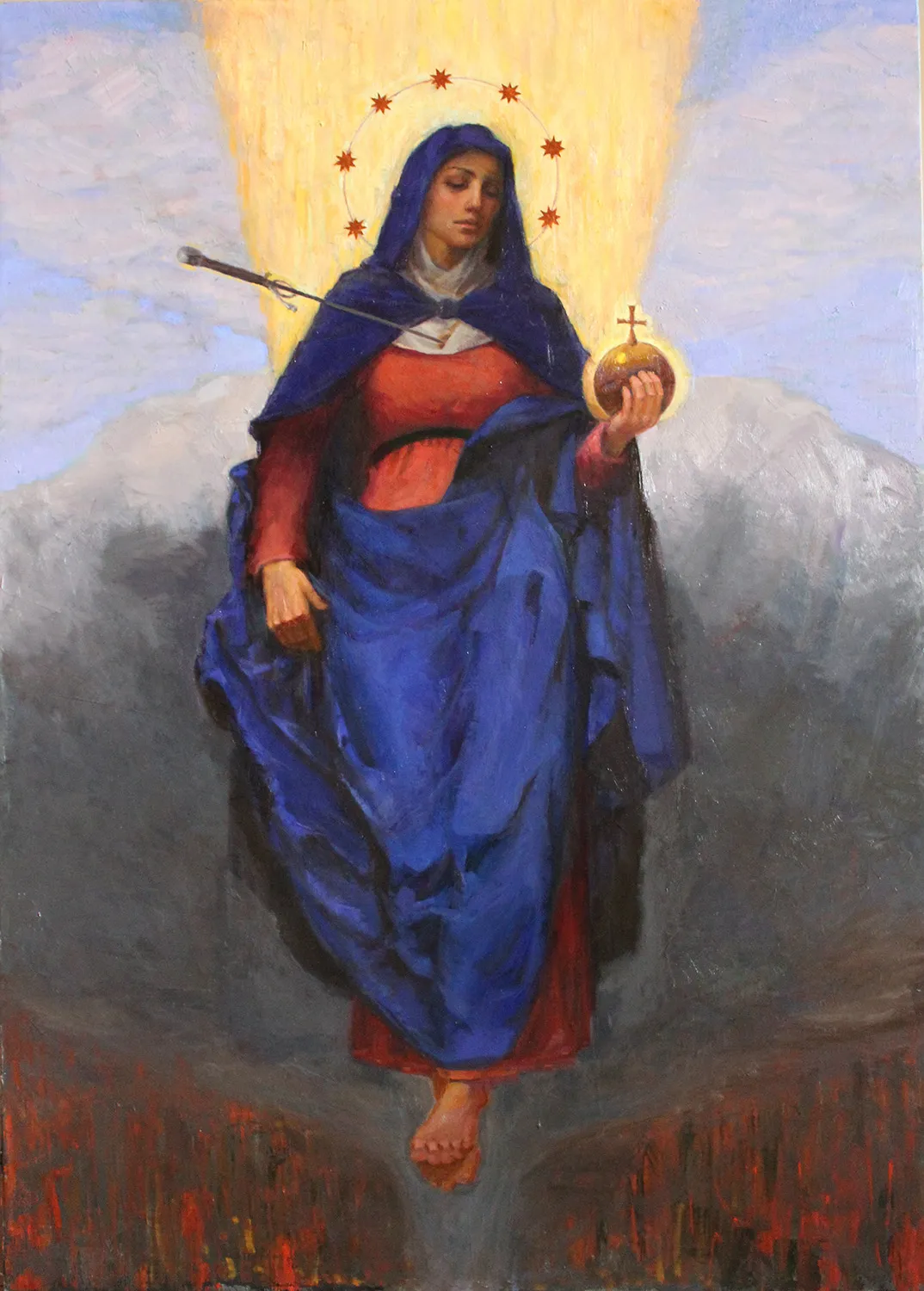
“I experienced that painting can be an instrument, very useful, very strong,” the painter said. “And it goes directly to the heart, like music. Even without understanding it people can stand in front of it with mouth wide open, looking at it, contemplating it.”
After his conversion, Micico learned more about the history of Christian persecution in Japan. Christianity was outlawed starting around 1600 until 1873. In the late 16th century, military ruler Toyotomi Hideyoshi expelled the missionaries who had brought the faith to Japan, had religious objects and Bibles destroyed. There were thousands of martyrs.
The few Catholic lay people who survived preserved the faith orally and through baptism, the only sacrament they had, for hundreds of years. During this period, they created their own sacred art, Micico said.
Some pieces were visibly religious, such as “Ecce Homo” style images of Christ. In many others, however, the Christian symbolism, for safety, was hidden in a Buddhist or Shinto style. For example, they would paint a traditional Buddhist female figure, but add a baby to her arms to create an image of the Madonna and Christ child.
“This clandestine art is so beautiful to see, as their devotion took form in this visible form,” Micico said.
“When I think of myself in that situation, I think, why would someone risk their life by painting sacred pictures? I mean, it would have been easier for them to survive without painting those pictures, but they wanted to manifest their love for the Lord.”
“Sacred art,” he said, “is not for one person, or one group of people, but for everybody, for all the generations.”
 […]
[…]


